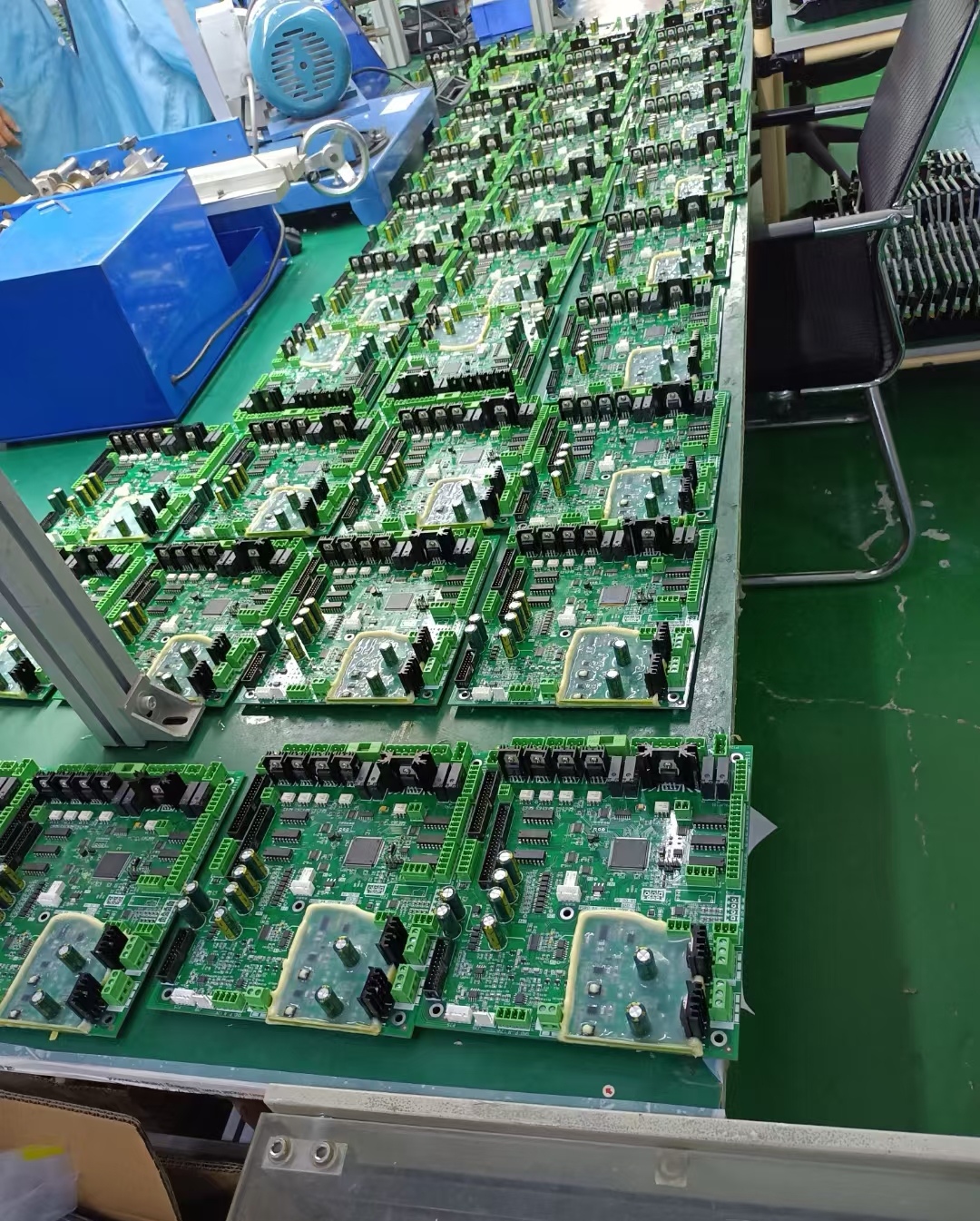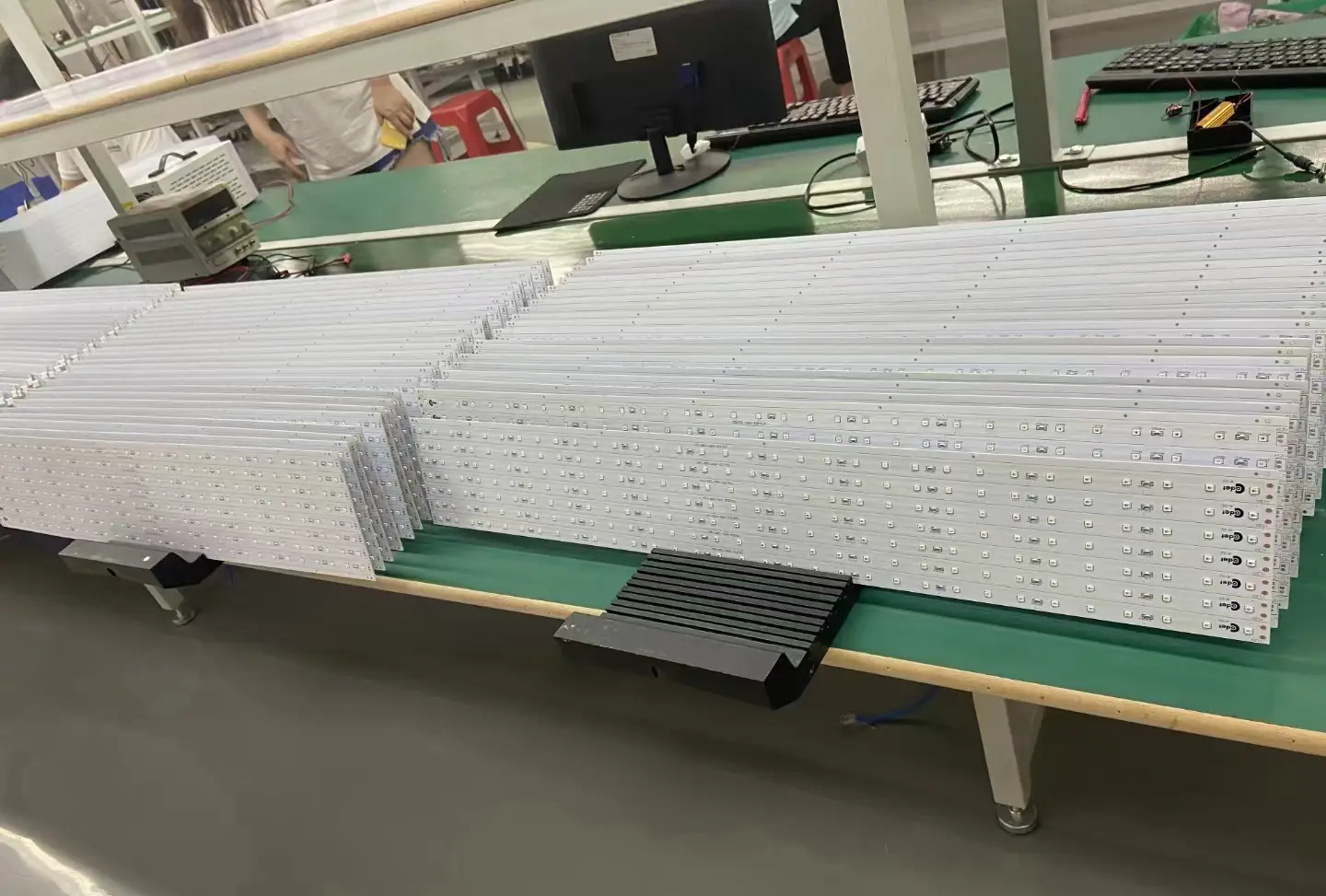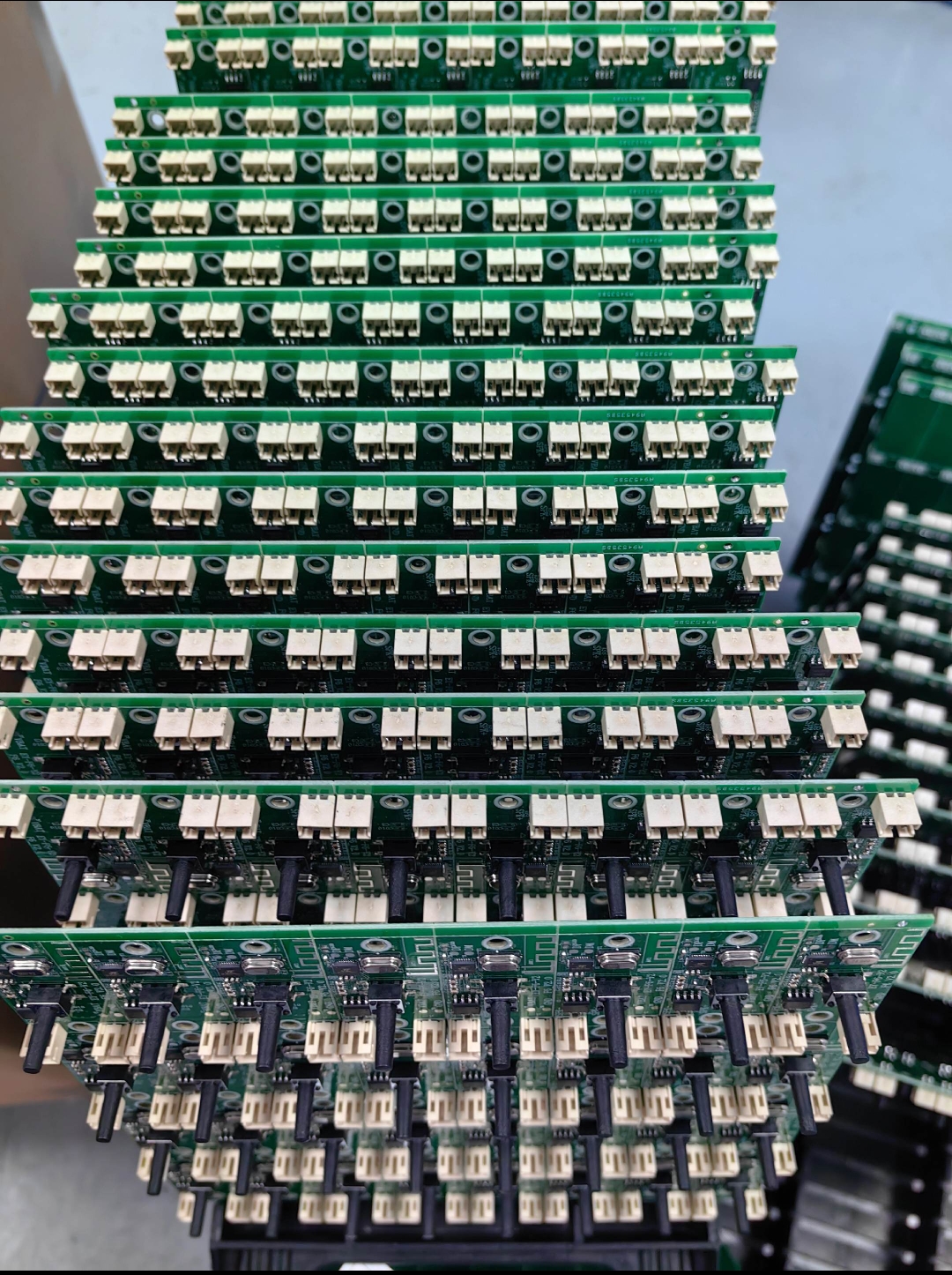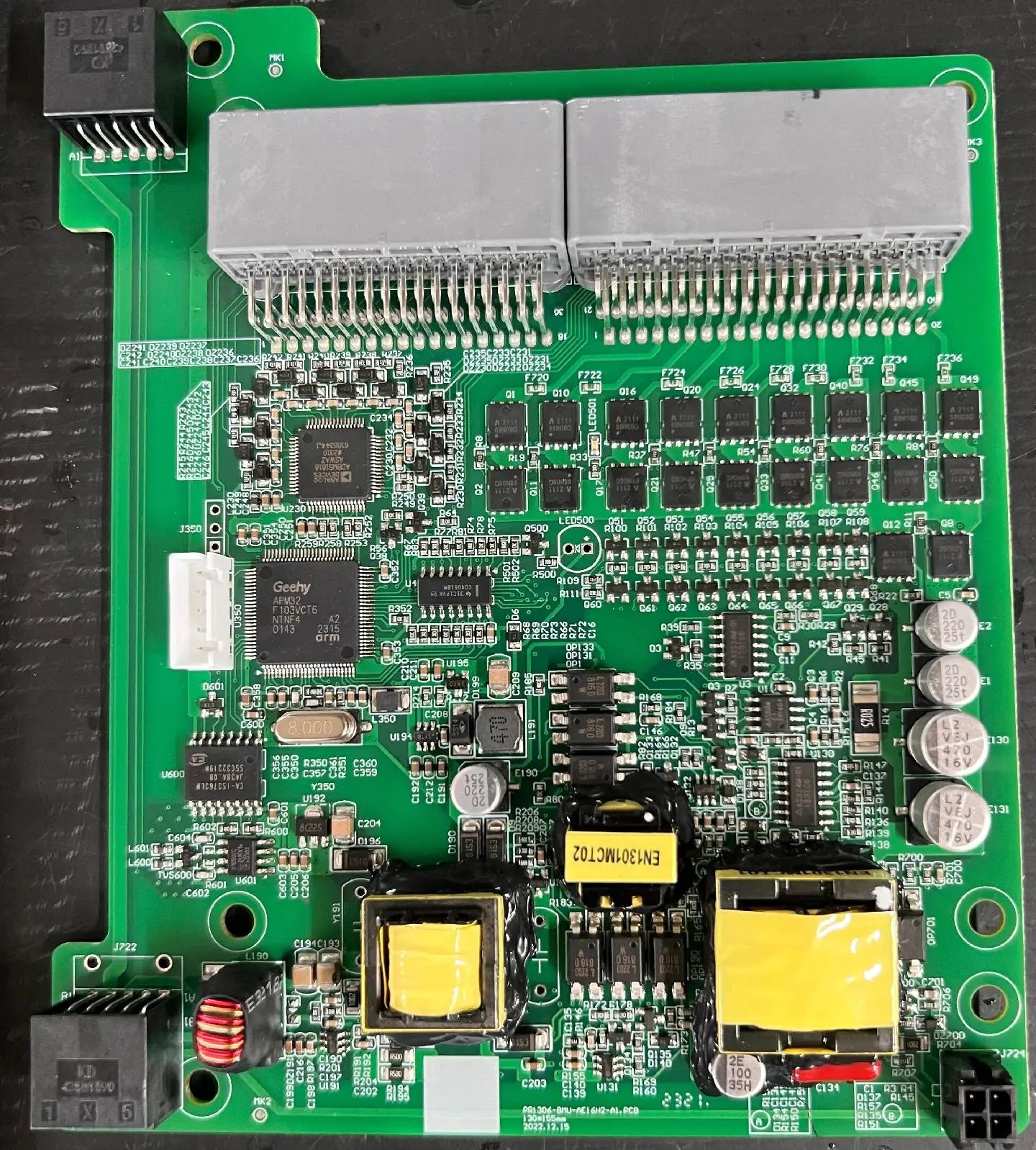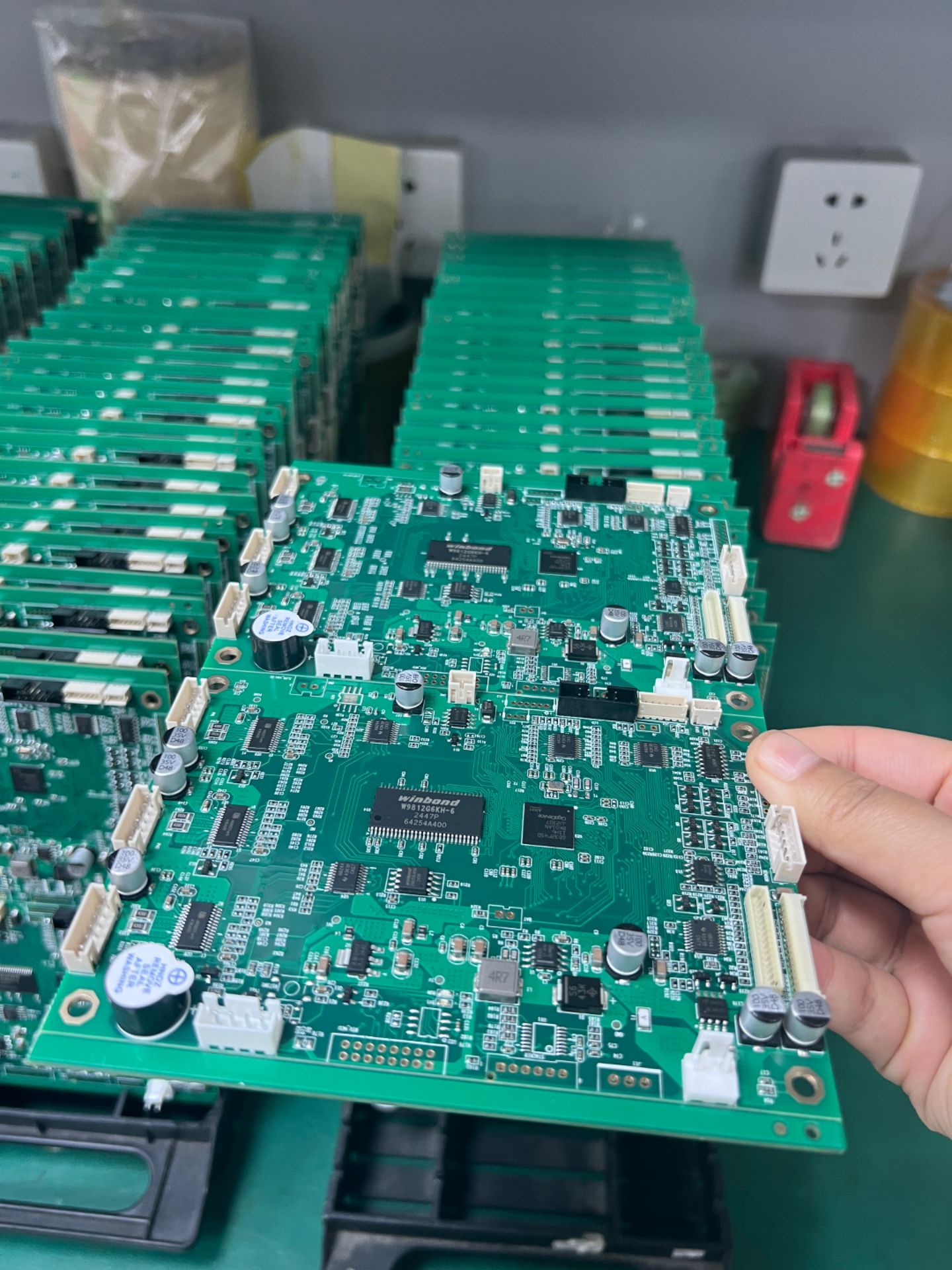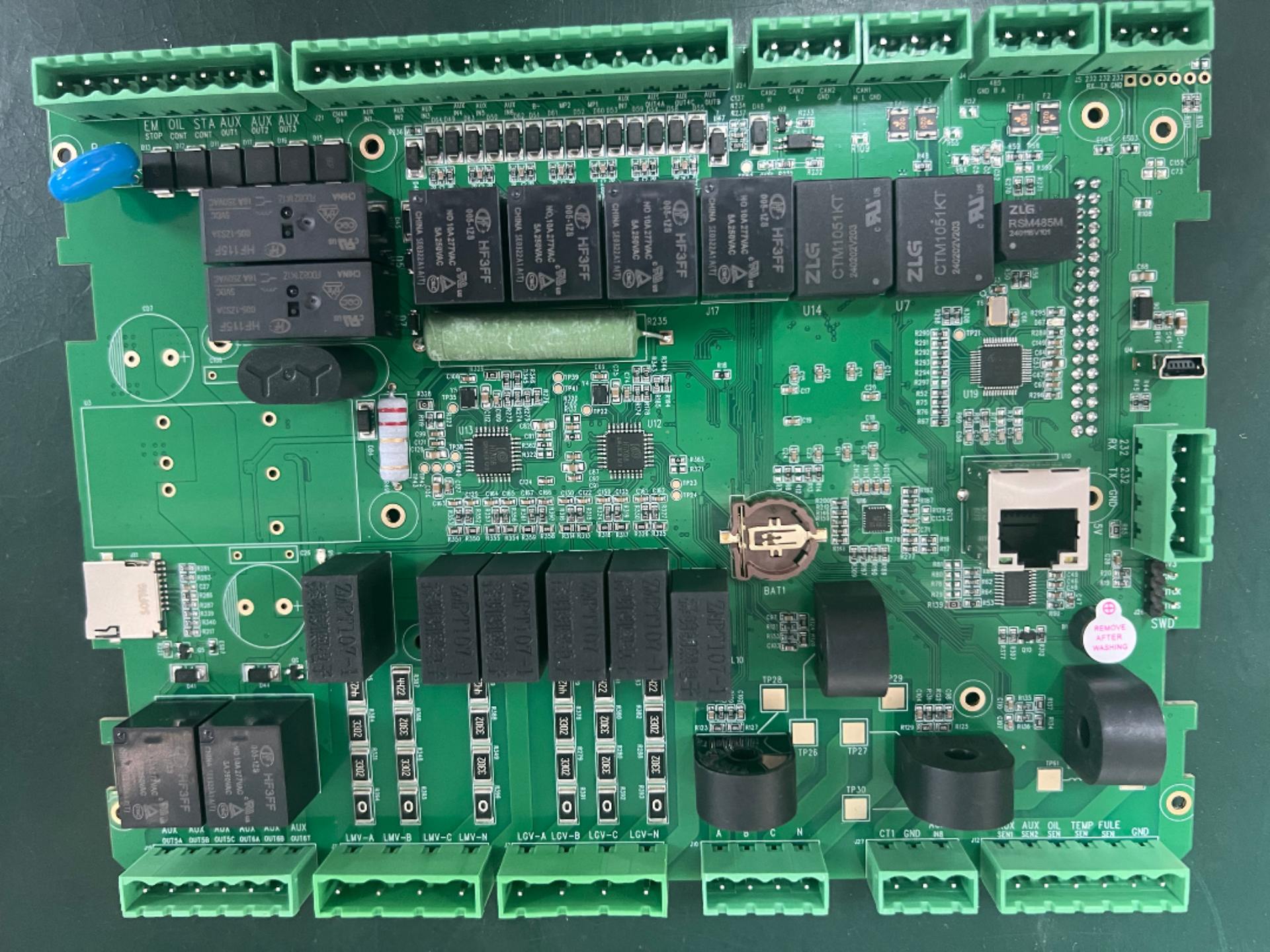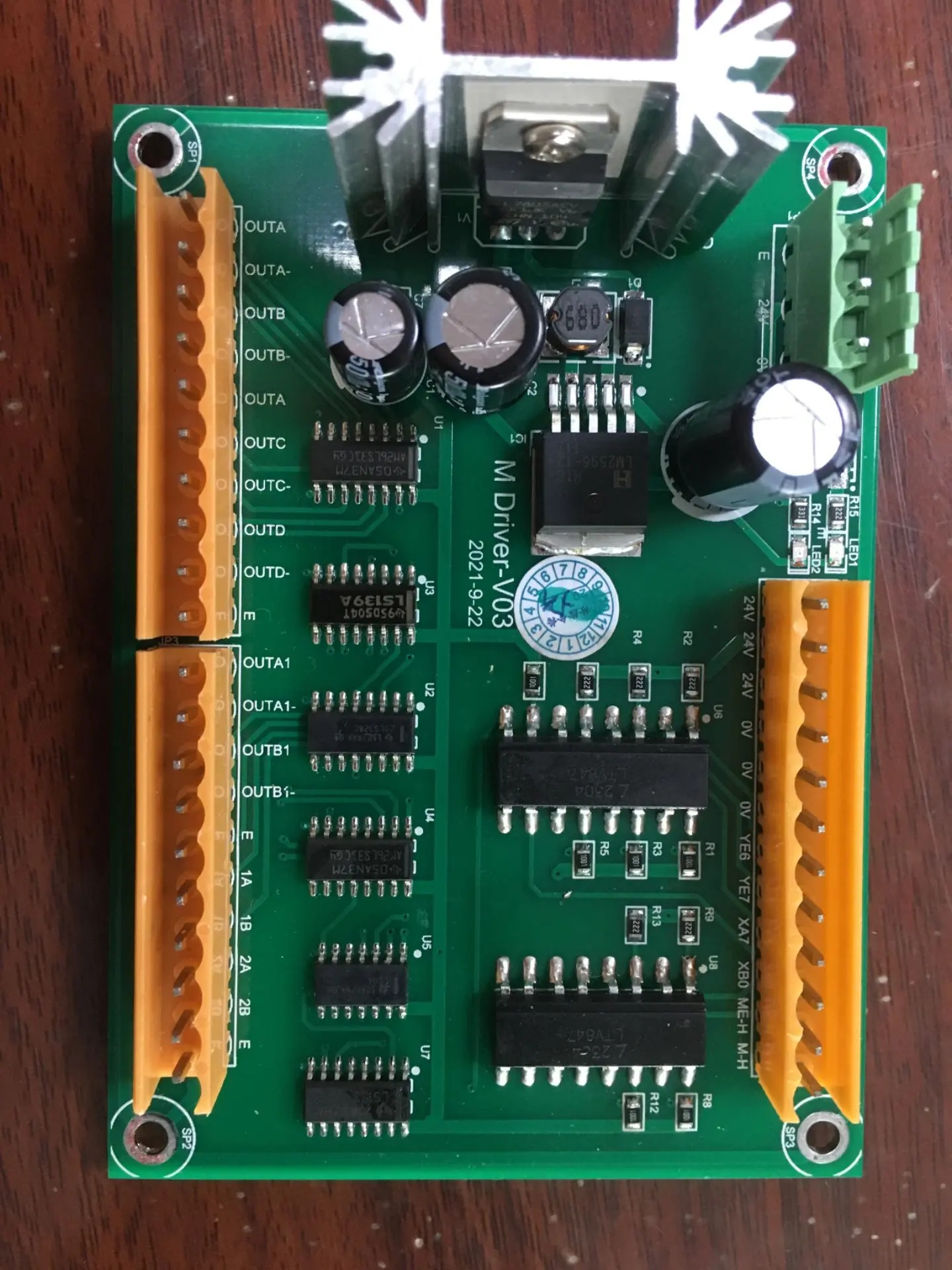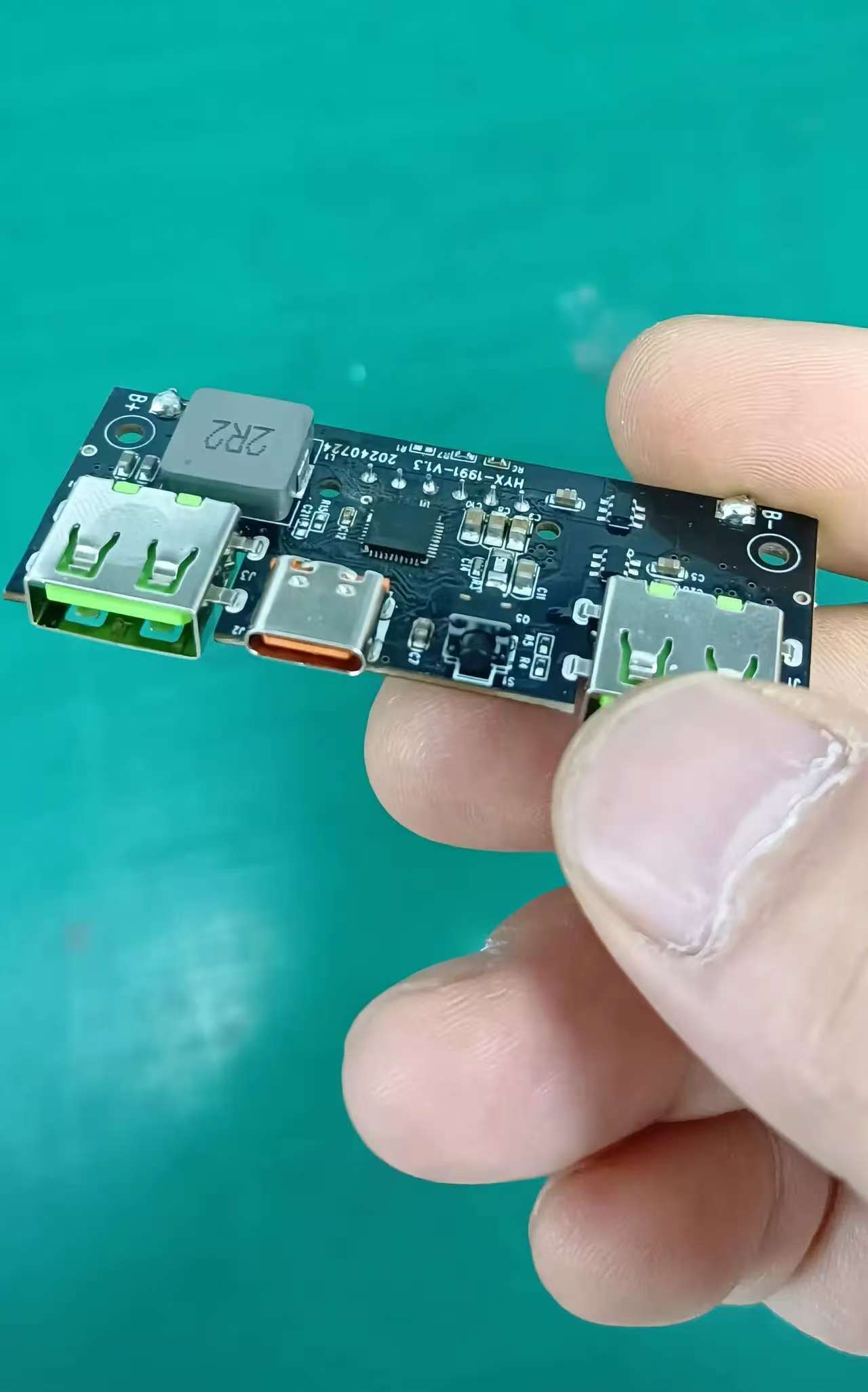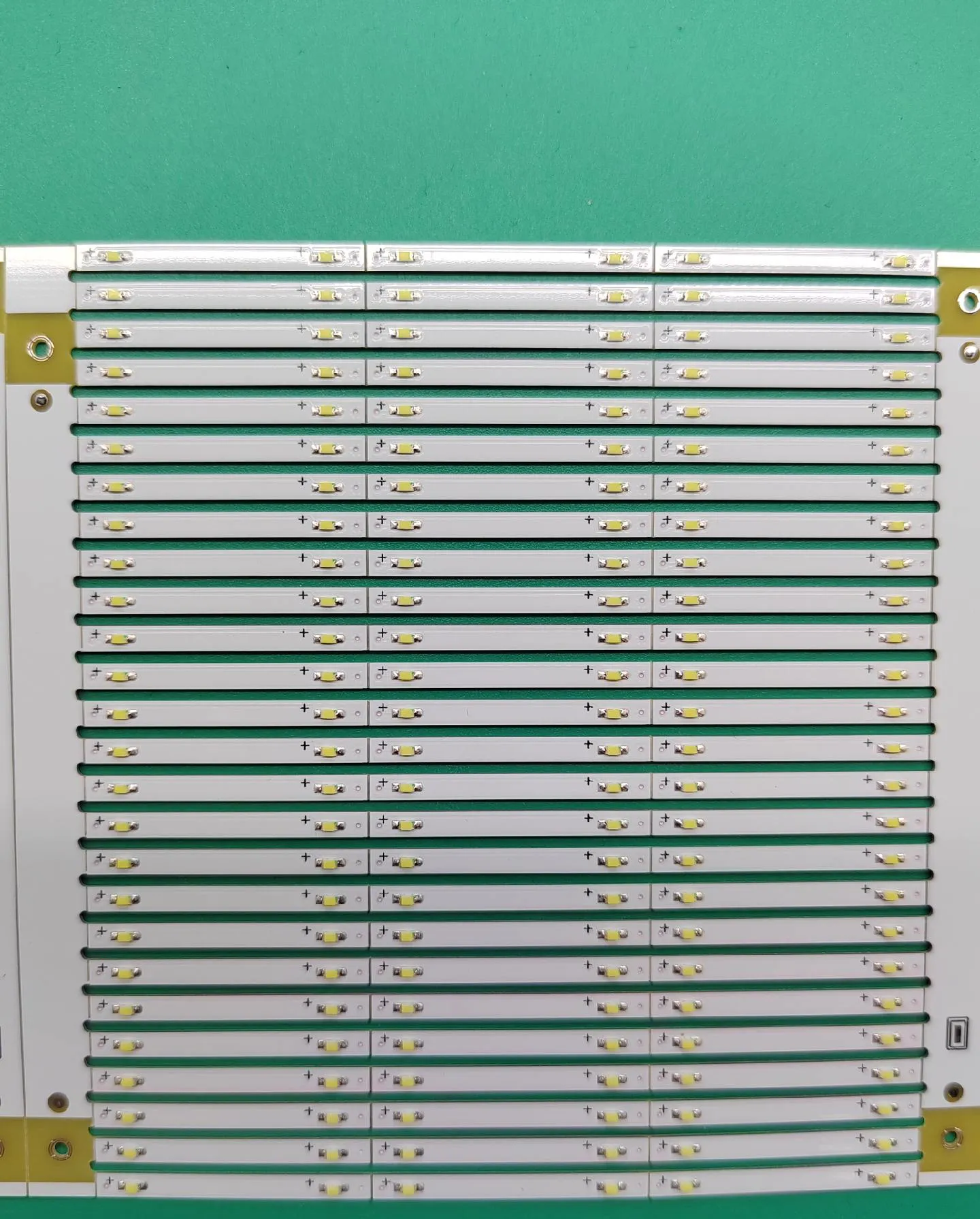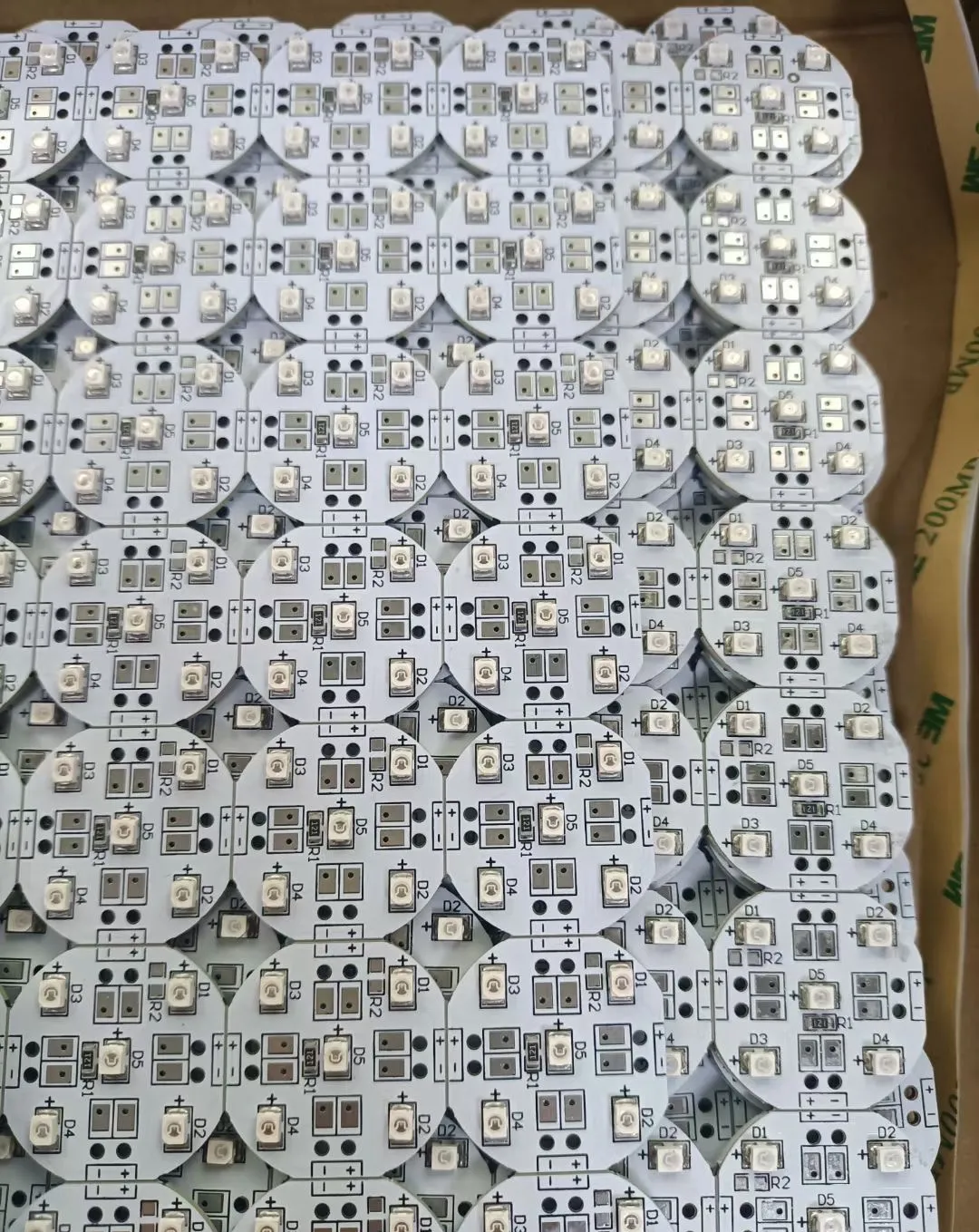1. Performance
Generally speaking, different colors of PCB boards have little impact on their basic electrical properties. Because the conductivity of PCB boards is mainly determined by the internal copper foil circuits.
However, there may be differences in heat dissipation performance. For example, a black PCB board may absorb more heat than a green PCB board under the same conditions due to its darker color, while a light-colored PCB board may reflect more heat and have relatively better heat dissipation.
2. Production process
Different colors are caused by different solder mask inks. Green is the most common because the cost of green solder mask ink is relatively low and the production process is relatively mature.
Other colors of PCB boards may require special ink formulations and processes during production. For example, black PCB boards have higher ink coverage requirements, and more elaborate operations may be required during the production process to ensure quality.
3. Vision and application aspects
Green PCB board is relatively common and widely used in general electronic equipment such as computer motherboards, which is convenient for maintenance personnel to identify circuit components and circuits.
Black PCB boards look more technological and are often used in some high-end electronic products or equipment with design requirements, such as high-end graphics cards, etc. While blue, red and other color PCB boards are more for product personalization, differentiated design considerations, used for some products with special visual needs.
8033 View

